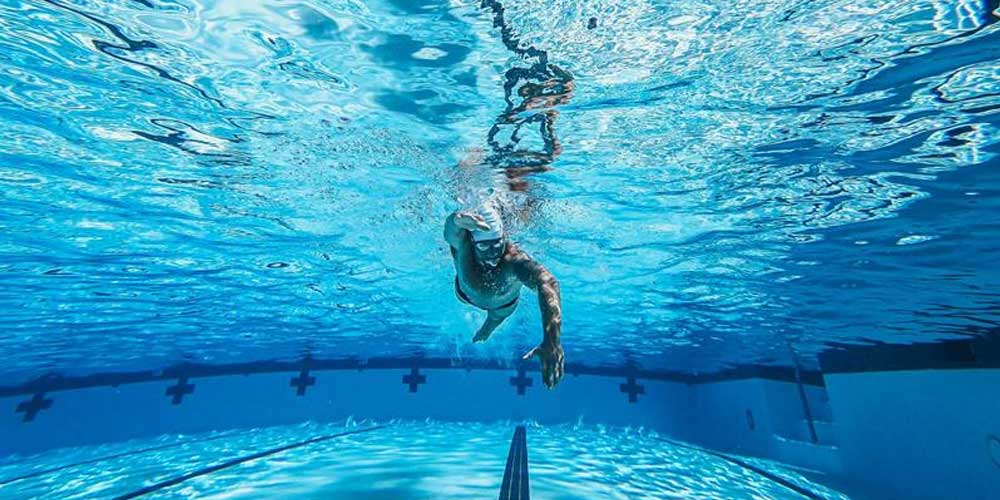L'entretien d'une piscine comporte de nombreux aspects, le plus important étant l'assainissement. En tant que propriétaire de piscine,Désinfection de la piscineest une priorité absolue. Pour la désinfection des piscines, le chlore est un désinfectant courant, et le bromochlore est également utilisé par certains. Comment choisir entre ces deux désinfectants ?
Qu'est-ce que le dichloroisocyanurate de sodium ?
Qu'est-ce quedichloroisocyanurate de sodium(Sdic) Que faire pour votre piscine ? Le dichloroisocyanurate de sodium peut éliminer les bactéries, les champignons et autres substances nocives de la piscine. Une fois ajouté à l'eau, le SDIC réagit et désinfecte l'eau en un temps record. Le dichloroisocyanurate de sodium se présente sous de nombreuses formes : comprimés, granulés, etc.
Bromochlorohydantoïne(BCDMH)
La bromochlorohydantoïne est le premier substitut aux désinfectants chlorés. Cette substance chimique est généralement utilisée comme désinfectant pour piscines, oxydant, etc. Elle est plus efficace en milieu chaud et permet un nettoyage en profondeur à haute température. C'est pourquoi elle est appréciée par la plupart des propriétaires de sources chaudes et de spas. Comme le désinfectant chloré, elle se présente sous de nombreuses formes (comprimés et granulés).
Quel BCDMH ou SDIC est le plus adapté à votre piscine ?
Les désinfectants SDIC sont facilement disponibles et très efficaces. Ils peuvent être utilisés dans les piscines intérieures comme extérieures. Le pH doit être soigneusement contrôlé. Le brome, peu odorant, est plus doux pour la peau et efficace pour désinfecter les piscines chaudes. Cependant, cette méthode est plus coûteuse que le chlore, a un pouvoir oxydant plus faible et est moins efficace en plein soleil. Chaque produit chimique présente des avantages et des inconvénients, mais c'est au propriétaire de la piscine de décider quelle option choisir.
Améliorez la qualité de votre piscine grâce à des produits chimiques adaptés. Pour tout besoin de produits chimiques pour piscine, n'hésitez pas à nous contacter. Nous vous proposerons des solutions plus adaptées.
Date de publication : 02/04/2024


